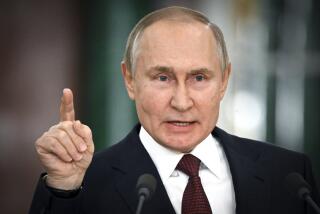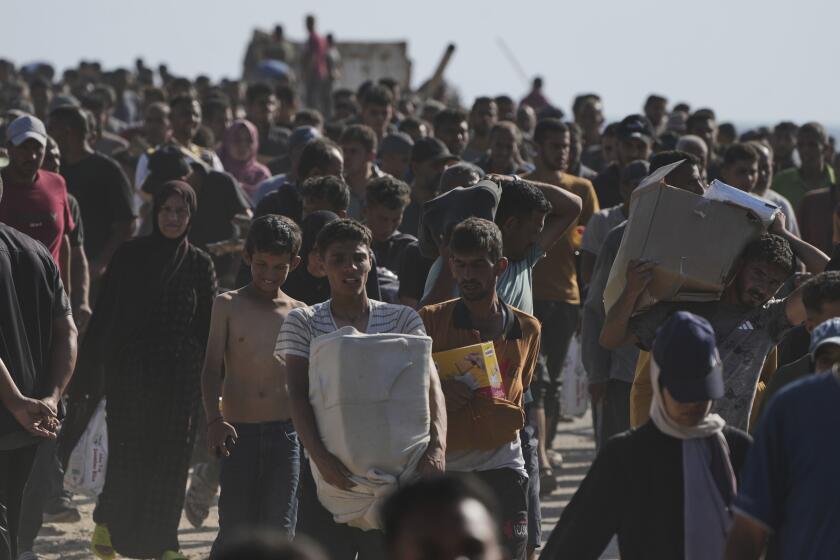Strikes, Unrest Curb Growth, Kremlin Says
- Share via
MOSCOW — The Soviet economic growth rate was cut almost in half this year by lower production, strikes and ethnic unrest, while foreign trade and consumer prices were higher, a government official said in a report published Saturday.
Growth was 2.4% in the first nine months of 1989, compared to 4.7% in the same period last year, said Nikolai G. Belov, deputy chairman of the State Committee for Statistics.
“Negative tendencies were notably on an increase from July to September, caused mostly by the weakening of production discipline, ethnic conflicts and strikes,” the official Tass news agency quoted Belov as saying.
Many Soviet coal miners walked off their jobs this summer demanding better working conditions. Ethnic disputes brought on strikes in factories in the republics of Azerbaijan, Moldavia and Estonia.
Last month Armenia’s economy was largely shut down after an Azerbaijani rail blockade cut off supplies of fuel, food and building materials in a dispute over a territory both republics claim.
Consumer prices rose 2.6% so far this year and demand remains greater than supply, Belov said.
In the first nine months, foreign trade grew by 2.8% and all but 0.5% of it was increased imports, Belov said.
He said the number of foreign companies forming joint ventures with Soviet companies grew to 936, involving 53 different countries and employing 15,000 people, Soviet and foreign.
More to Read
Sign up for Essential California
The most important California stories and recommendations in your inbox every morning.
You may occasionally receive promotional content from the Los Angeles Times.











